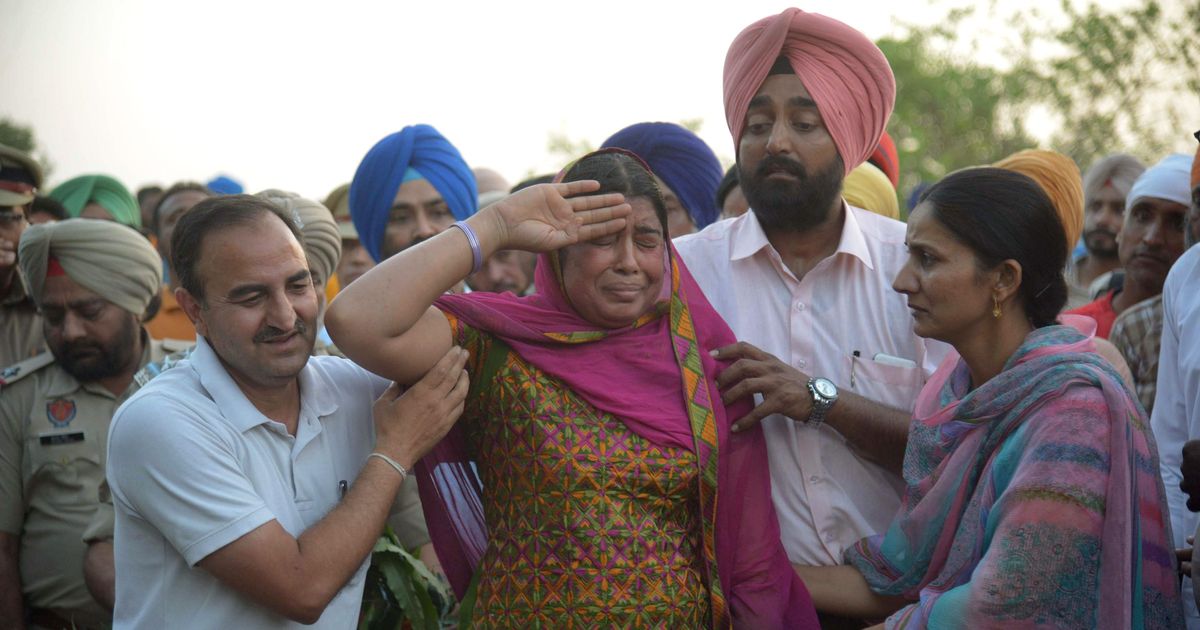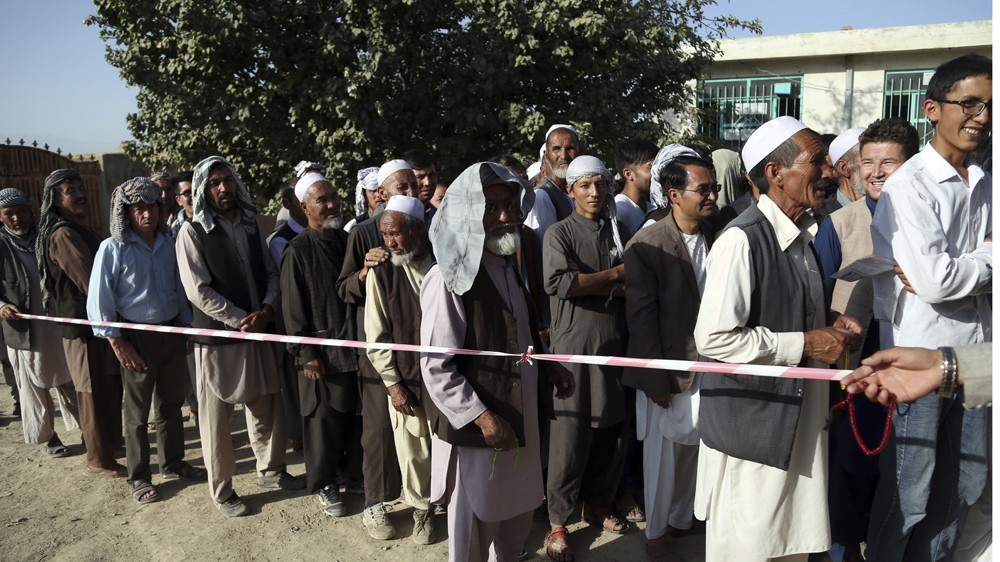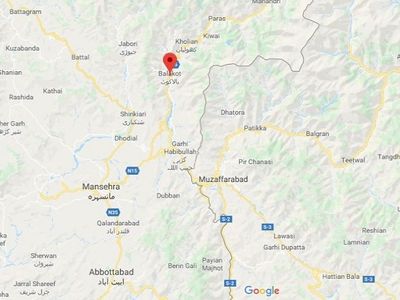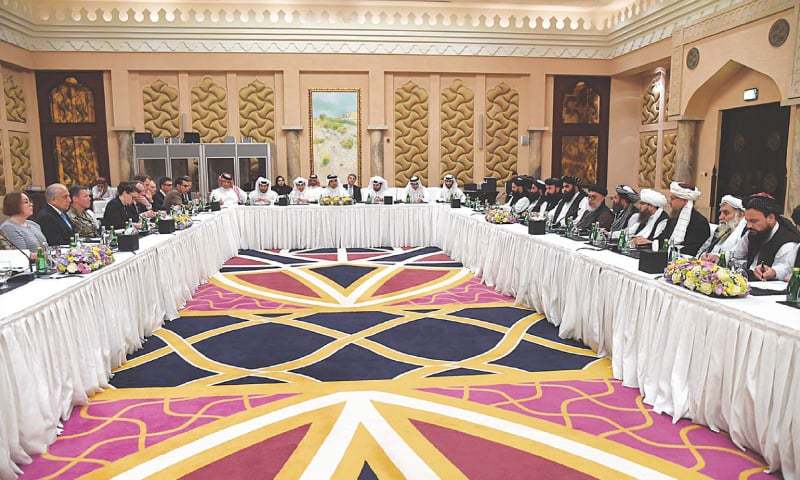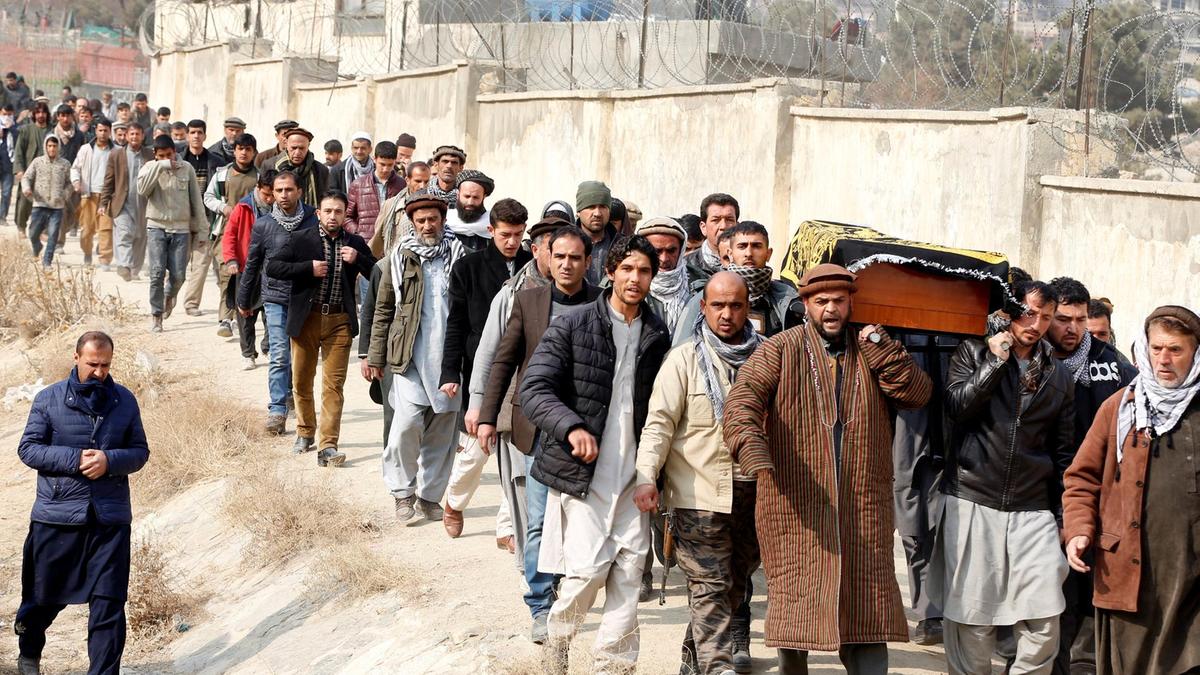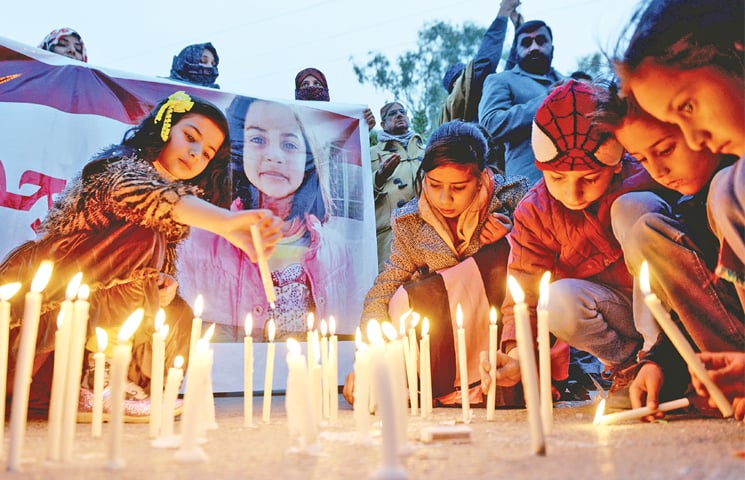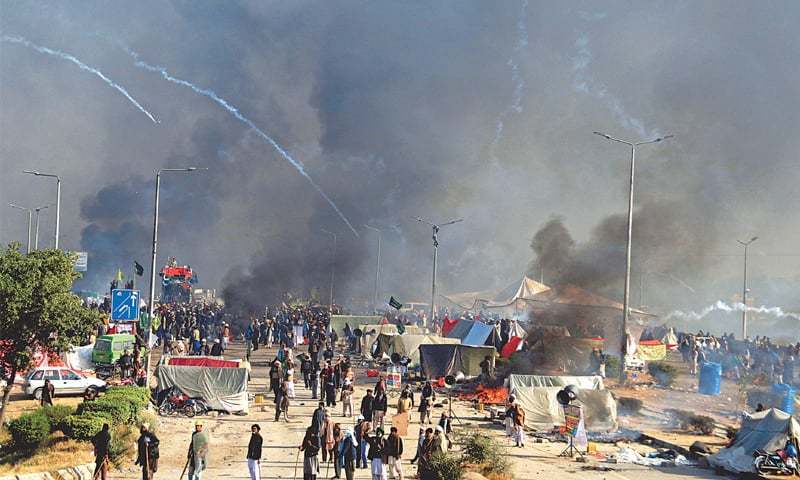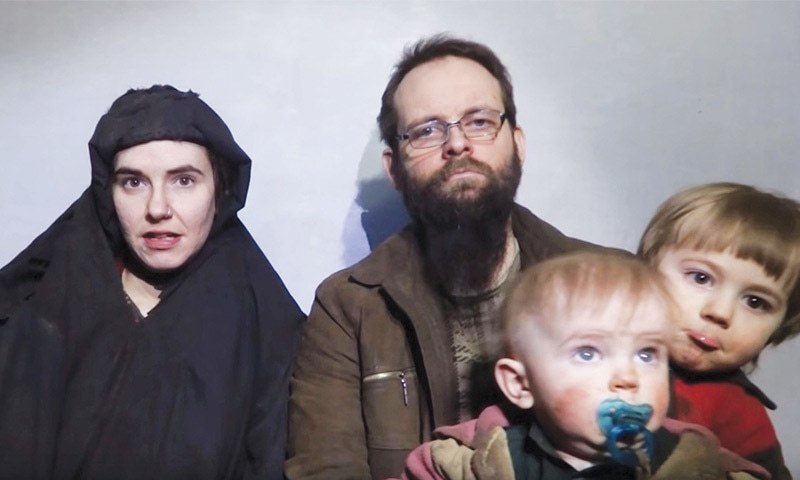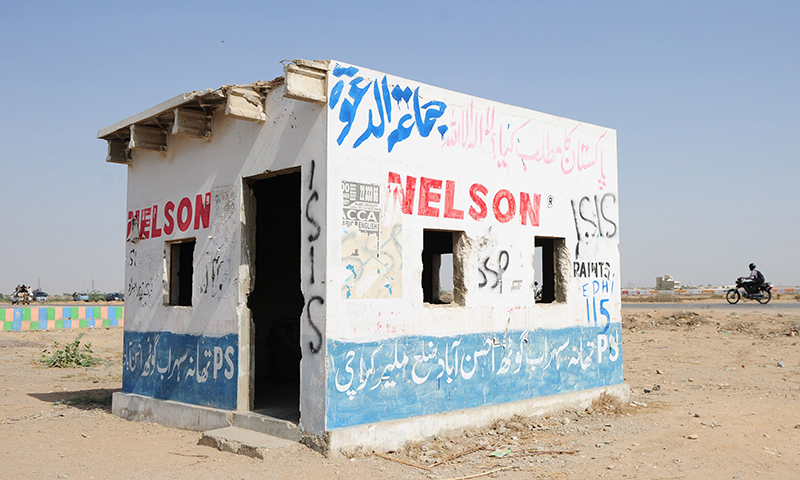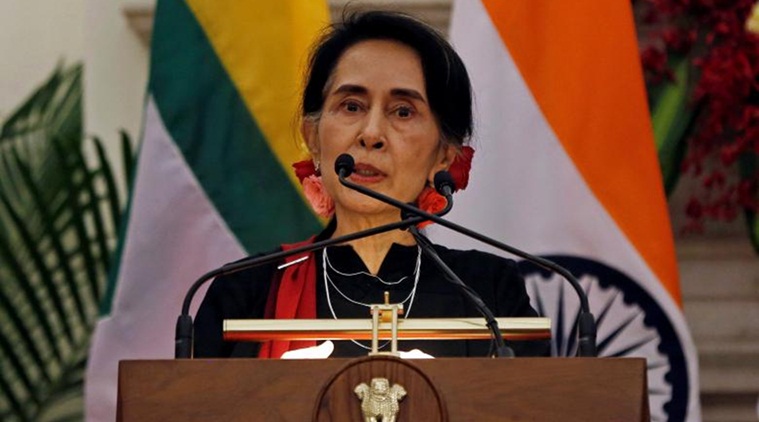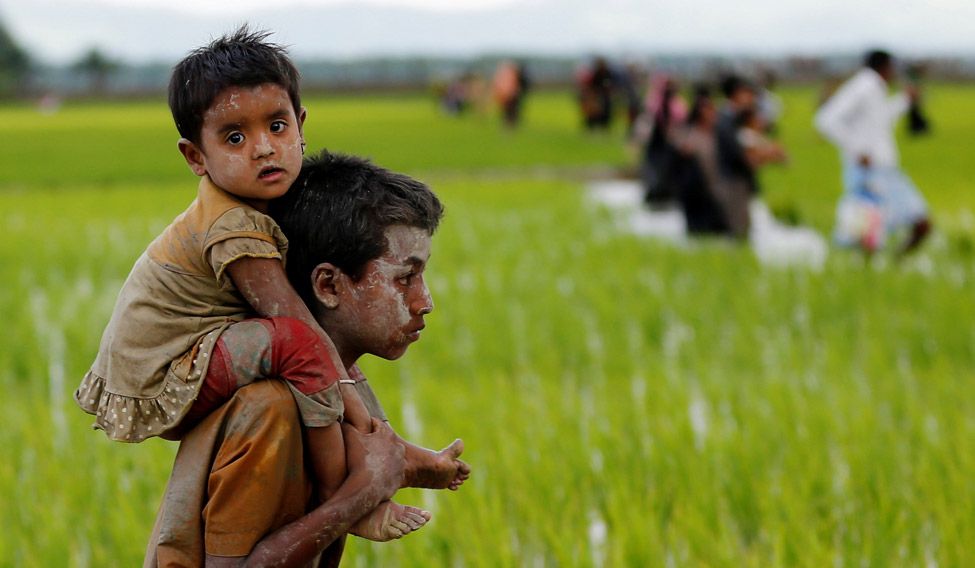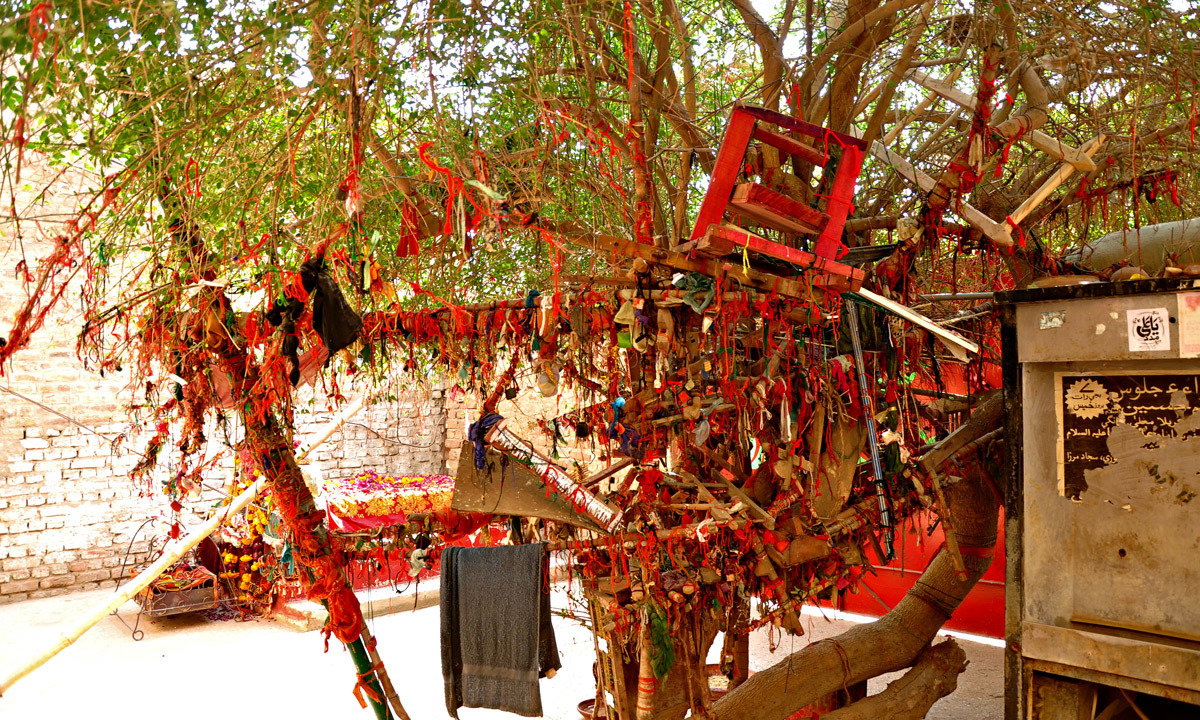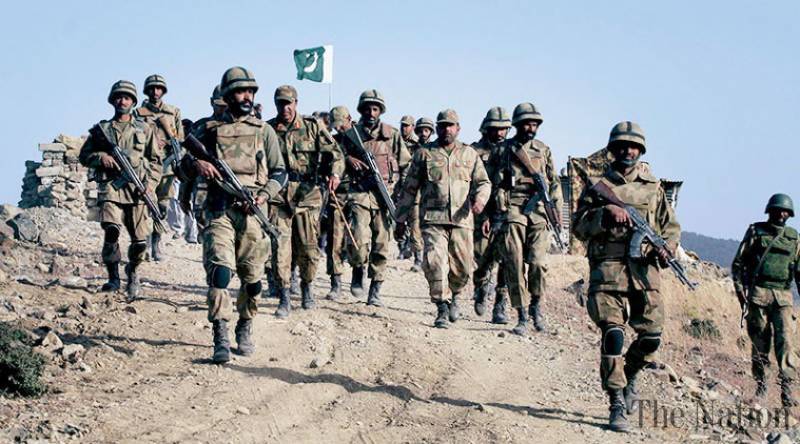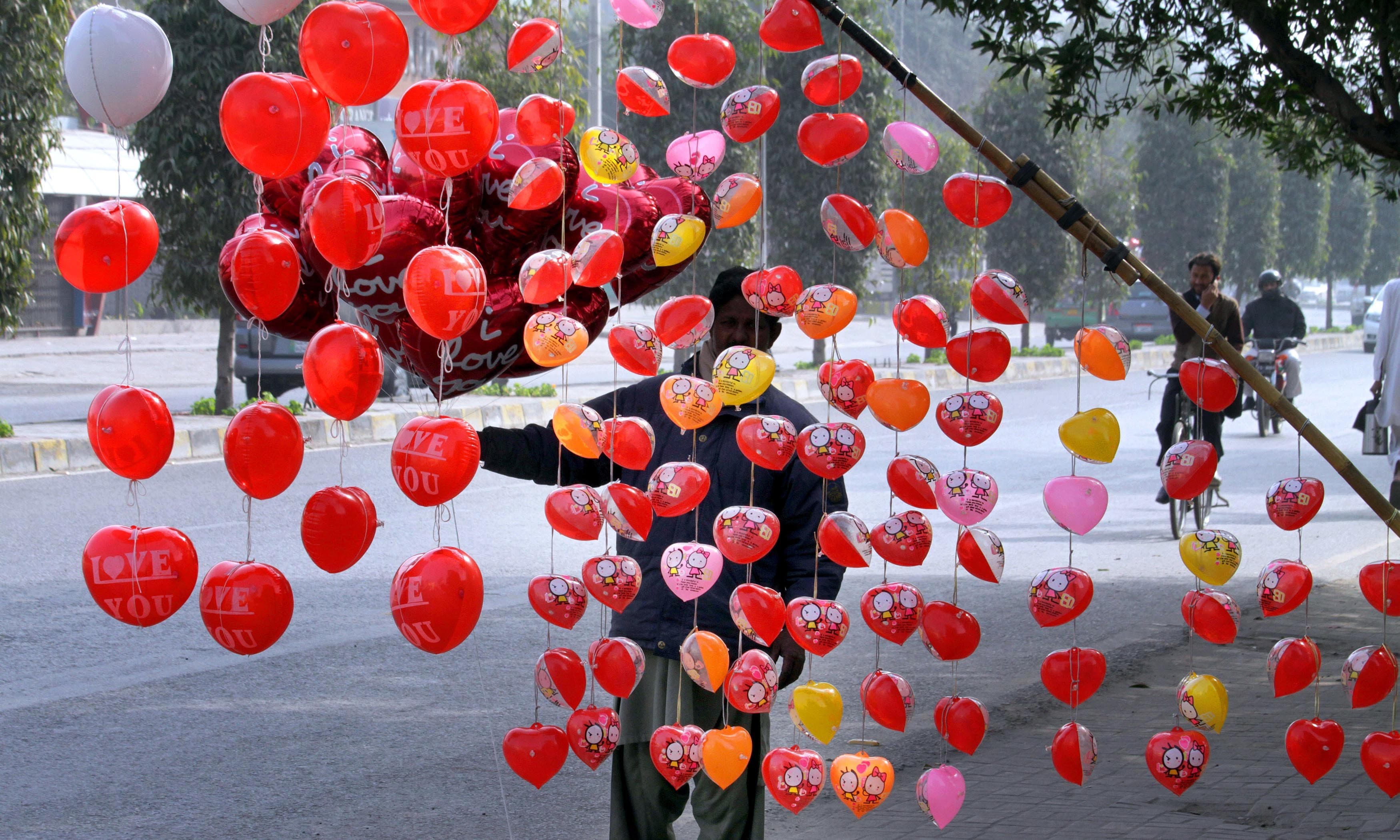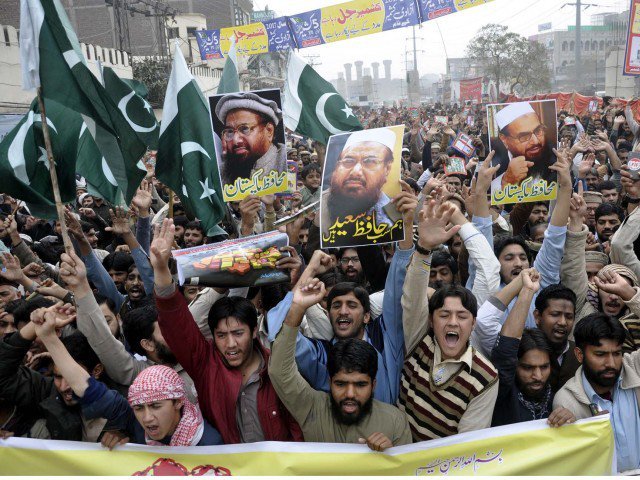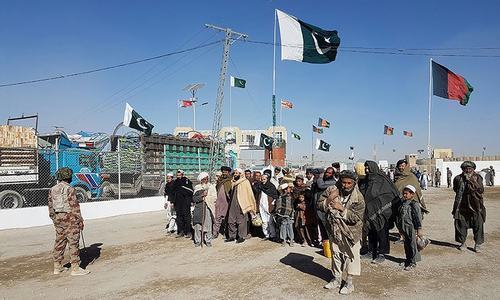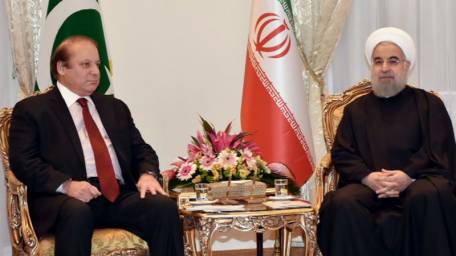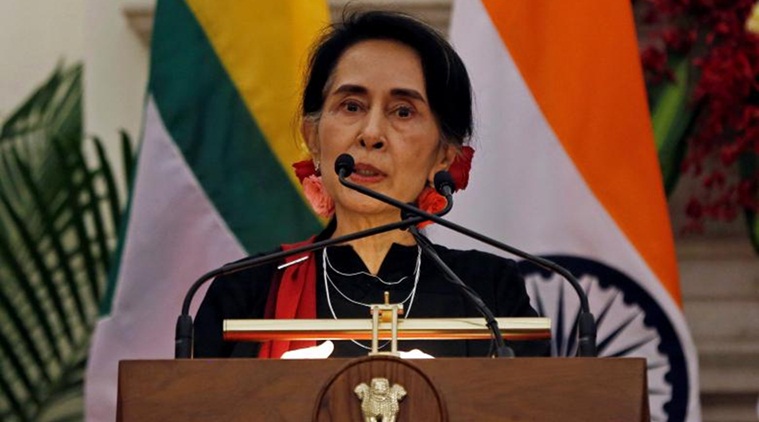
Will the latest UN report and other reports (past and
present) ensure accountability for the perpetrators of violence in the Rakhine
State and find justice for the victims? Unlikely.
Conflict Reader # 54, 1 October 2018
CR Analysis
D. Suba Chandran
Professor
International Strategic and Security Studies Programme (ISSSP)
National Institute of Advanced Studies (NIAS), Bangalore
One more international report on the Rohingya violence in Myanmar, published during the last week of August has been harsh on the military. This is not the first report; and this is unlikely to be the last one either – documenting violence (led by the State and segments of civil society) against the Rohingya community in Myanmar, their exodus into Bangladesh and elsewhere, and the inability of the civilian government led by Suu Kyi to address the problem.
However, the government in Myanmar and the military, in particular, has shown no signs of addressing the issue – leading to the return of the Rohingyas, or a fair settlement in the Rakhine State. Nor has Suu Kyi made any definite statement providing any evidence of evolving a national consensus in addressing the issue. If there is any national consensus in Myanmar on the Rohingyas – it is the other way around; majority within Myanmar is unanimous in not accepting the Rohingya community as a part of them, and be willing to provide citizenship.
Why? Given the internal reluctance within Myanmar on the Rohingya issue, what will this UN Report, or any future ones will achieve?
The Recent UN Report on Myanmar
The latest UN report is related to the findings of an independent mission, established by the Human Rights Council and led by Marzuki Darusman, Radhika Coomaraswamy and Christopher Sidoti from Indonesia, Sri Lanka and Australia respectively. The mission was mandated to “establish the facts and circumstances of the alleged recent human rights violations by military and security forces, and abuses in Myanmar, in particular in Rakhine State.”
The broader objective of this mission was aimed at “ensuring full accountability for perpetrators and justice for victims.” Now the mission has submitted its findings, and the primary question should be on the above two issues – ensuring accountability for the perpetrators and finding justice for the victims.
According to the report, the mission “conducted 875 in-depth interviews with victims and eyewitnesses, both targeted and randomly selected. It obtained satellite imagery and authenticated a range of documents, photographs and videos. It checked this information against secondary information assessed as credible and reliable…” The mission travelled to other countries including Bangladesh, Malaysia, Thailand, Indonesia and the UK.
Regarding methodology, one cannot fault the mission. It has done its homework. Due process was followed in preparing the report. Some of the significant findings of the report include the following. First, the military in Myanmar was engaged in confiscation, arbitrary arrest and detention violating the rights to life and property. Second, there has been a process of “othering” the Rohingya that had started before 2012. Third, the policies pursued by the State have resulted in marginalising the Rohingyas and making them vulnerable. Fourth, the government’s portrayal of 2012 violence against the Rohingyas as inter-communal (with the Rakhine groups) is inaccurate. Fifth, a “campaign of hate and dehumanisation of the Rohingya had been underway for months, and escalate after 8 June 2012, led by the Rakhine Nationalities Development Party (RNDP), various Rakhine organisations, radical Buddhist monk organisations, several officials and influential figures.”
Sixth, the security forces of Myanmar were complicit and “failed to intervene to stop the violence, or actively participated. They injured, killed and tortured Rohingya and destroyed their properties. Seventh, the response of the security forces to the coordinated attacks by the ARSA on 25 August 2017 was “immediate, brutal and grossly disproportionate.” Eighth, the 2017 ARSA attacks and the follow-up cleansing operations were “foreseeable and planned.” Ninth, the operations were led by the “Tatmadaw, with other security forces, mainly Myanmar Police Force and Border Guard Police.” Finally, the report also refers to the violence committed by the ARSA, but this is restricted to just a paragraph in the 20 pages report.
The report, in the end, makes specific recommendations and draws 14 priority areas. It calls for action by the international community through the United Nations, the involvement of the Security Council, ensuring accountability for human rights violations, a common strategy by the UN, repatriation of the refugees etc.
Another report, again published during the last week of August 2018, by the International Crisis Group (ICG) also has a focus on the violence but looks at the broader issue of Myanmar’s transition. The report is critical of the performance of the Suu Kyi government and considers it as a “disappointment – seemingly inept at governance and complicit in the forced mass flight of Rohingya Muslims”.
Myanmar and Military: International Reports vs the “Big Picture”
As mentioned above the UN and ICG reports are not the only ones on Myanmar, demanding accountability from the government of Myanmar, and accusing its military of the violence against the Rohingyas. The ICG alone, in the last five years, has produced more than ten reports analysing various aspects of the problem at the ground level, making numerous recommendations.
On Myanmar, there are numerous reports, undertaken by reputed organisations. There is no dearth of recommendations to the international community on the problems, and possible roadmaps that could be pursued.
Why then is there is no accountability? Why is Suu Kyi, who has won a Nobel Peace Prize is silent?
The answer is simple. It’s the “Big Picture” stupid.
Six reasons for the Rohingyas being at the receiving end
Despite international condemnation, the conditions for the Rohingya community is less likely to improve for the following six reasons.
First, the reports condemning the violence against the Rohingyas are essayed by international organisations – primarily civil society organisations. They could, including the institutions of the United Nations, including the fact-finding mission, for example, can only make recommendations. They cannot make effective action and intervene directly or force the government and the military in Myanmar to act.
Second, the United Nations Security Council remains silent. It is less likely to make a coordinated effort, thanks to the veto from China. In this context, one should not blame only China; the other powers that could force Myanmar (both within the UNSC and outside) also are reluctant to pursue a course of action.
The reason is simple. From the US to Australia, most of the “big” and “influential” powers across the globe is wanting to work with Myanmar. The human rights violations by Myanmar’s military is an uncomfortable question that the international powers would like to avoid. While the international “community” at the societal level would want to ensure accountability, the international “powers” would want only to advise the military.
The reasoning for the above is simple: Myanmar is “opening” and “let us not undermine the process” by pressurizing the military. Countries including Japan, South Korea and others have made substantial investments in the last few years in Myanmar. These countries would want to continue.
Added to the above is the China factor in contemporary international relations. From the US to Japan, many democracies believe that the military in Myanmar until the last decade was too dependent on China. This dependency needs to be broken; so the reasoning is - since there is an opening in Myanmar, let us take this opportunity and reduce the influence of China over Tatmadaw.
The fear amongst a section at the global level is – if the military regime is pushed hard, they may fall back into the Chinese lap. It is for this reason, the Security Council will be reluctant even to discuss Myanmar and give an opportunity to Beijing to veto the same.
Third, Myanmar remains united vis-à-vis the Rohingya community. It is unfortunate, but that is the harsh truth for the Rohingyas in Myanmar. The multiple ethnic communities inside Myanmar have their internal fault-lines. The present government is attempting to move forward with a national reconciliation process. The recent editions of the Panglong Conference are a part of this, but there is a long way to go before there could be any consensus.
Despite this internal divide, most of these communities are united in keeping the Rohingyas away from Myanmar. The Rohingya issue should be one of the few, that unites all other communities of Myanmar. The Burmese nation, cutting across ethnic communities stand together in not granting any fundamental rights to the Rohingyas.
Fourth, a section within the Buddhist monks has made the Rohingya issue as a national security one. The abuse of religion has further consolidated the common population in Myanmar and turned them against the Rohingyas.
Fifth, the NLD government led by Suu Kyi is yet to consolidate its position vis-à-vis the military within the Parliament and outside. The elections have been held; an elected government is in place. However, the military calls the shots within the Parliament, and outside it across the institutions. Multiple reports by the ICG refers to this inherent weakness and the continuing civil-military imbalance within Myanmar.
For Suu Kyi, national reconciliation between the communities and democratic consolidation of the Parliament constitute the “Big Picture”; even if Suu Kyi and the NLD are sympathetic to the Rohingya issue, for them there are other significant issues at the national level. There are other priorities for her and the party; unfortunately for the Rohingyas, they are not even on the list.
Sixth, the ASEAN community, which should have taken the lead, also remains silent. Myanmar is opening politically and economically. Inroads are being made into Myanmar and ASEAN is complete with Naypyidaw. ASEAN should have been the engine in Myanmar’s internal reconciliation process. However, on the Rohingya question, it would remain a spectator.
It’s the Big Picture stupid.
Prof D. Suba Chandran is Dean of the School of Conflict and Security Studies at the NIAS, IISc Campus, Bangalore. He manages a portal on Pakistan – www.pakistanreader.org.
